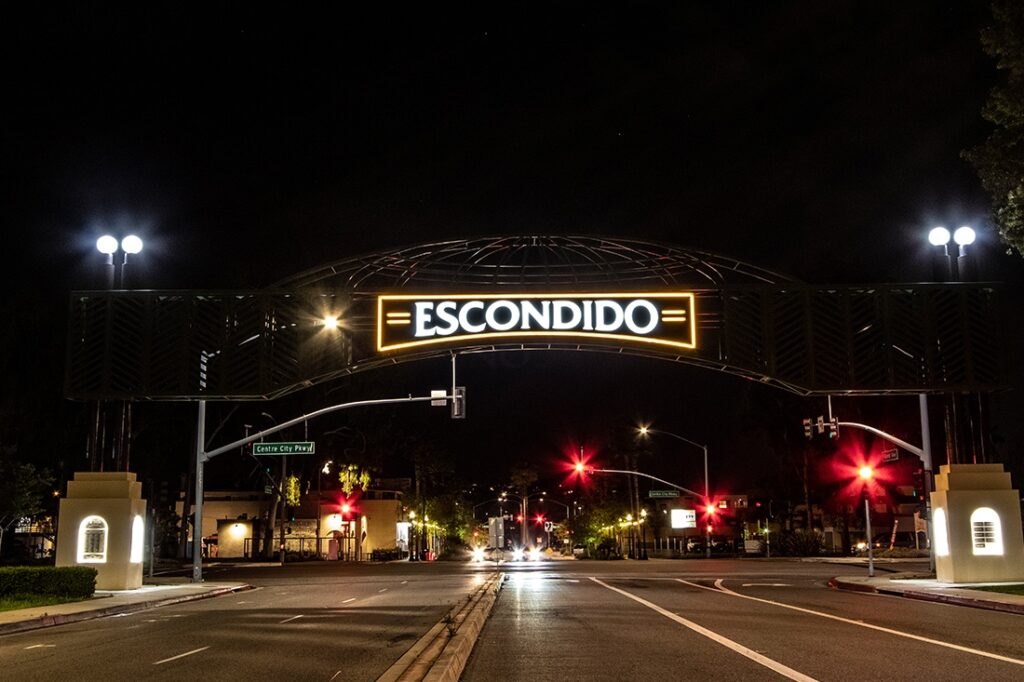by Gina Lopez
In today’s rapidly evolving world, cities are constantly seeking ways to foster economic growth and development. While traditional sectors like finance and technology often take center stage, it’s crucial not to overlook the transformative power of the arts. A city rooted in the arts serves as a cultural and economic engine, igniting vitality and driving its overall economic prosperity.
An art center acts as a magnet, drawing in audiences from near and far, thereby boosting cultural tourism and igniting a downtown sector. These visitors contribute significantly to the local economy through spending on accommodations, dining, shopping, and transportation. As people flock to experience art exhibitions, performances, and workshops, local businesses flourish, creating a ripple effect of economic growth. Participating in the arts becomes a catalyst for increased foot traffic, generating jobs and revenue for the city it serves.
Beyond its direct impact from audiences, a thriving arts scene also generates employment opportunities. From artists and performers to curators, technicians, event planners, and support staff, a vibrant arts center necessitates a diverse workforce. Additionally, it creates ancillary jobs in sectors such as hospitality, retail, and Escondido’s thriving craft brewing houses, as these industries cater to the needs of patrons. By cultivating this scene, we foster talent retention and attract skilled individuals, enhancing the city’s overall workforce and driving economic competitiveness, allowing local employers to keep a talented workforce closeby.
A vibrant arts core nurtures an environment that stimulates creativity, innovation, and entrepreneurship thus infusing the city with a unique and distinctive identity. The arts center serves as an incubator for creative industries, fostering collaboration and cross-pollination of ideas, which can have a significant impact on economic growth and the development of new industries.
Additionally, a robust creative sector plays a vital role in educational enrichment, providing access to arts education for all segments of society and even helping to subsidize programming within the schools themselves, as is the case in Escondido. By offering workshops, classes, and educational programs, the center fosters artistic development in children and adults alike. This exposure to the arts enhances critical thinking, problem-solving, and communication skills, which are highly valued in today’s job market. As a result, exposure to the arts at an early age becomes an engine for cultivating a skilled and adaptable workforce, positioning the city for long-term economic success.
In a world driven by innovation and economic progress, it is essential to recognize the indispensable role of an arts center in a city’s economic development. By investing in the arts, a city invests in its economic future, cultivating a dynamic and prosperous community for generations to come. As we look ahead, let us continue to champion the arts and harness their transformative power for the betterment of Escondido and its citizens.

